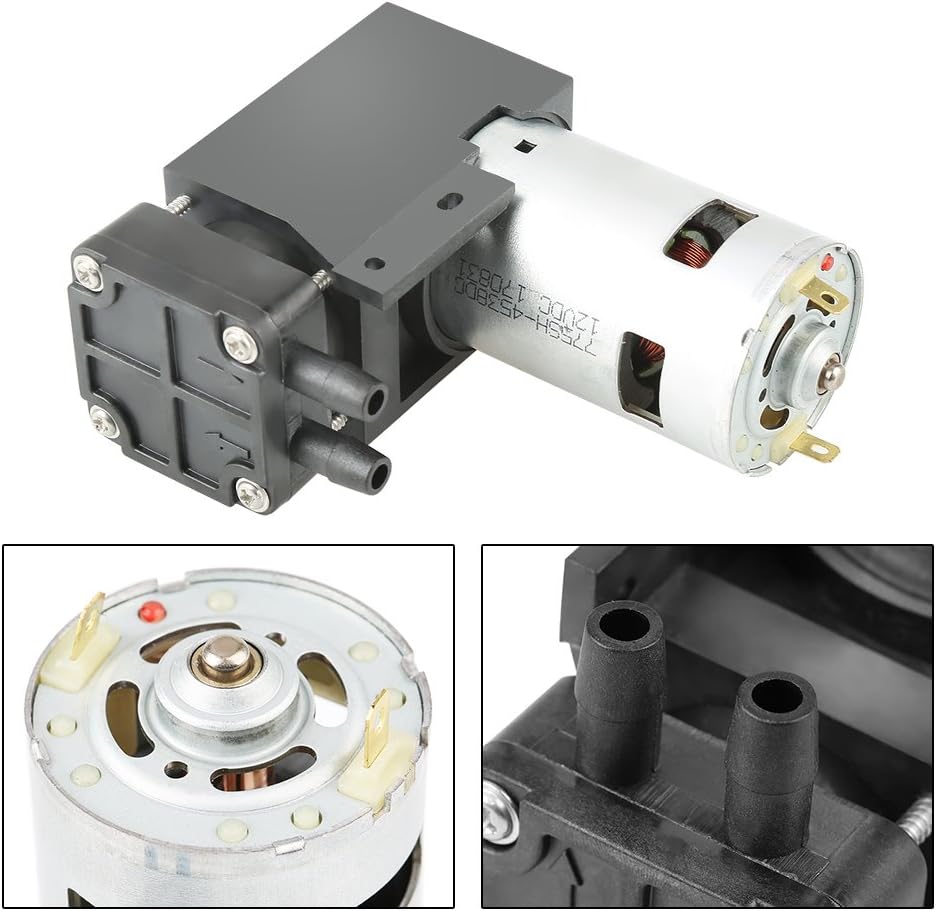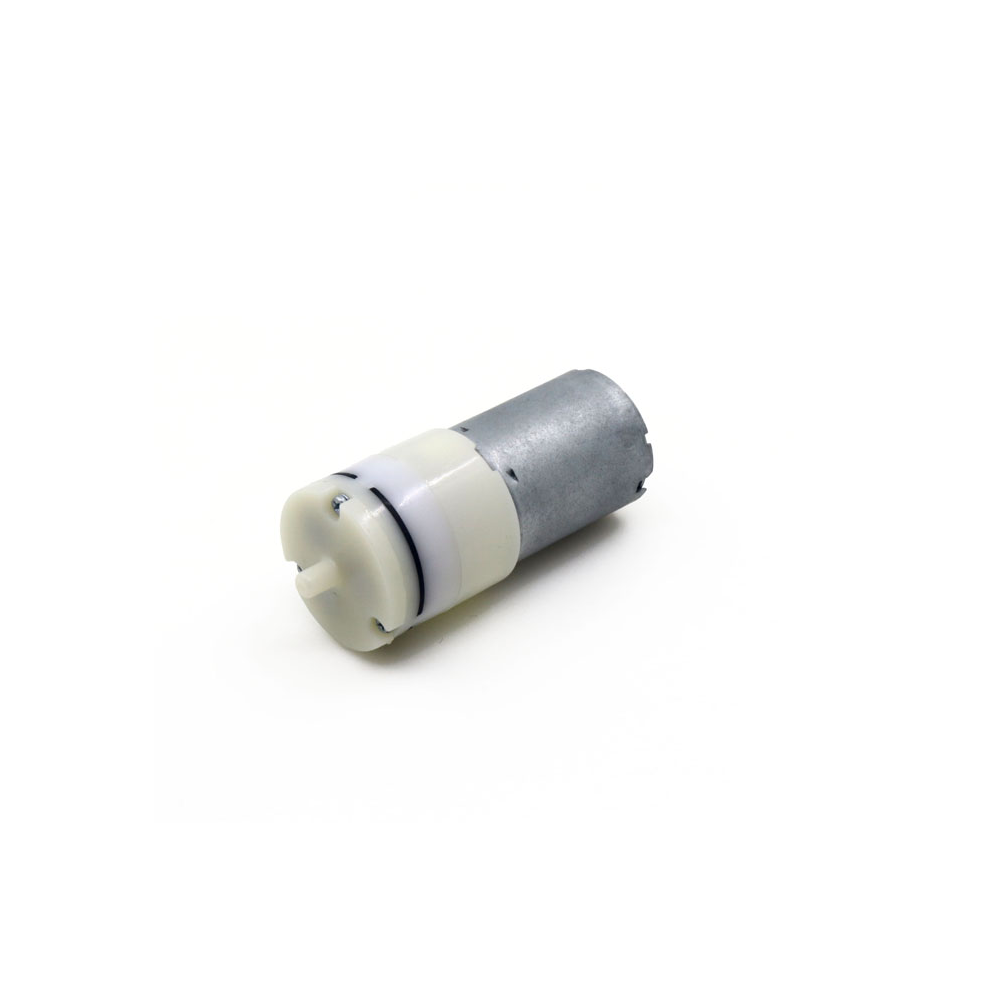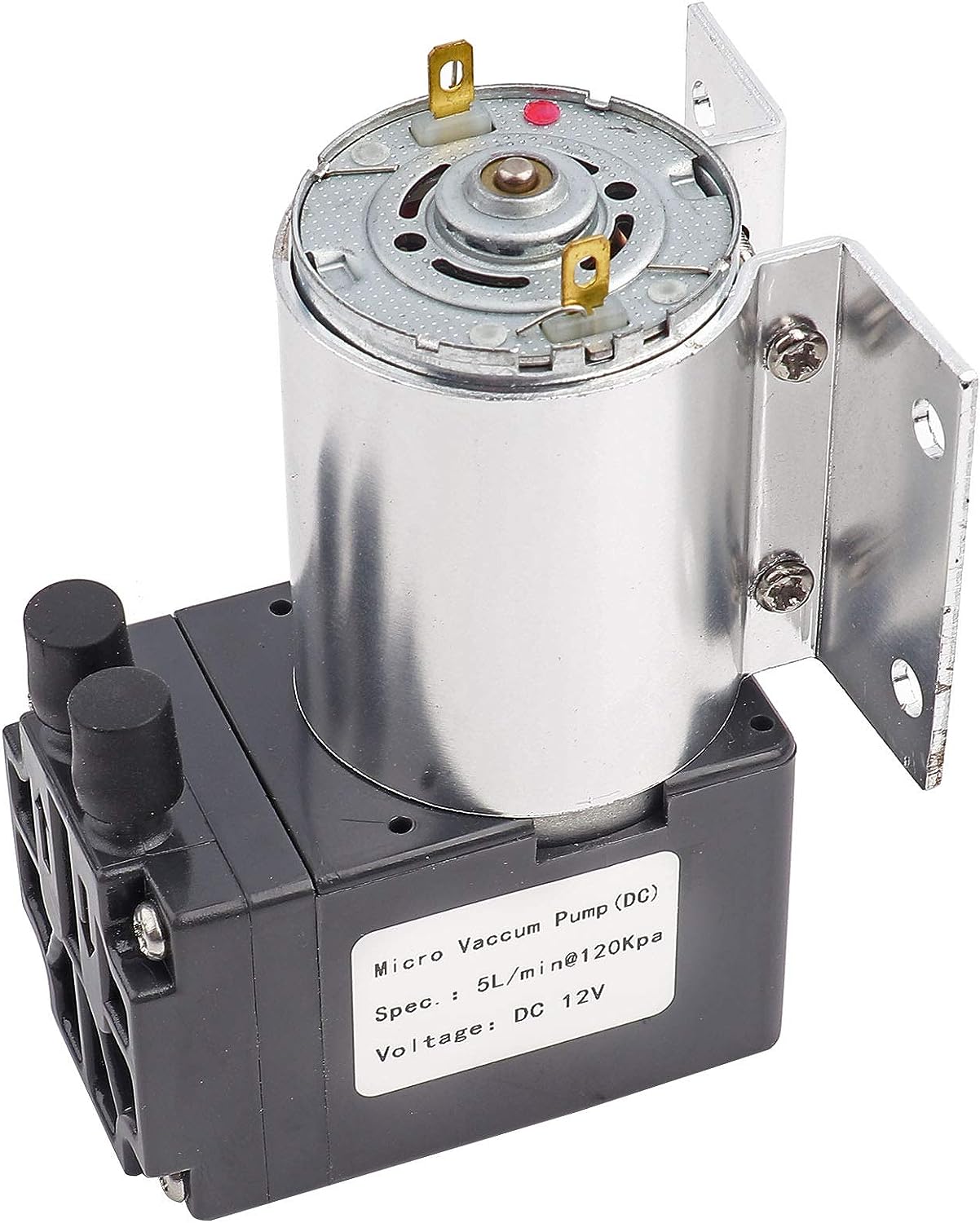Product Description
COMPANY SHOW:
20 Years
ZiBoZhuoXin Pump Industry co,.Ltd is located in a century industrial city known as the Pump Capital of China—HangZhou city, ZheJiang Province. Has over 20 years’ experience of manufacturing vacuum pumps and 10+ years’ experience of exporting.
Various Products
We can suppply all type of vacuum pumps and spare parts in China, 2BV/2BEA/2BEC/SK/2SK/JZJ2B/ etc, and other industrial machine;
24 Hours
Please do not hestiate to contact us if have any urgent matters,each of your inquiries will be taken into account and get our response within 24 hours.
Product Main feature:
2SKC series liquid ring vacuum pumps(double stage liquid ring vacuum pump) are used for exhausting and compressing air and other noncorrosive, water-insoluble and CHINAMFG particle-free gases so as to create vacuum and pressure in closed containers. A little liquid is allowed in the gas.
| Model | Pumping volume m3/min |
Extreme pressure MPa (mmHg) |
Motor power KW |
Speed (Rotation/Point)r.p.m | Water supply (liter/minute)L/min | Suction and exhaust caliber | |
| Maximum air volume | When the inhalation pressure is -0.093 MPa, it is not less than | ||||||
| 2SKC-0.4 | 0.4 | 0.25 | -0.096(-725) | 2.2 | 2840 | 3~5 | G1″ |
| 2SKC-0.8 | 0.8 | 0.5 | -0.096(-725) | 3 | 2880 | 5~8 | G1″ |
| 2SKC-1.5 | 1.5 | 0.9 | -0.096(-725) | 4 | 1440 | 10~15 | φ40 |
| 2SKC-3 | 3 | 2 | -0.097(-730) | 7.5 | 1440 | 15~20 | φ40 |
| 2SKC-6 | 6 | 4 | -0.098(-735) | 15 | 1450 | 25~35 | φ70 |
| 2SKC-12 | 12 | 8 | -0.098(-735) | 22 | 970 | 40~50 | φ100 |
| 2SKC-20 | 20 | 14 | -0.098(-735) | 45 | 740 | 60~80 | φ125 |
| 2SKC-30 | 30 | 20 | -0.098(-735) | 55 | 740 | 70~90 | φ125 |
Note:
The performance indexes listed in the table refer to the performance indexes under the following specified conditions:
1,The atmospheric pressure is 0.1013mpa (760mmhg)
2,Inlet water temperature 15 ºC
3,Suction air temperature 20 ºC
4,Relative air temperature 70%
2. The water supply is the value when the suction pressure is – 0.05Mpa (- 400mmhg), which can be greater than this value at the limit vacuum.
3. Performance tolerance ± 10%
4. When the suction pressure is – 0.093mpa, the pumping volume is the air pumping volume when the air pump is controlled by the solenoid valve.
FAQ
Q: What’s your MOQ?
A: One set;
Q: What are the causes of no flow or insufficient flow of centrifugal pump?
A: There is air in the suction pipe or pump, which needs to be discharged. Air leakage is found in the suction pipeline, and the leakage is repaired. If the valve of suction line or discharge line is closed, relevant valve shall be opened. If the suction height is too high, recalculate the installation height. The suction line is too small or blocked.
Q: How to resist cavitation in centrifugal pump?
A: Improve the structure design from the suction to the impeller of the centrifugal pump;Adopt double stage suction impeller and use anti-cavitation material;
Q:What is the function of rubber ball in water ring vacuum pump?
A: Rubber ball in water ring vacuum pump, the correct name is called rubber ball valve. Its role is to eliminate the pump equipment in the operation process of the phenomenon of over compression or insufficient compression.
Q:How long is warranty?
A:One year formain construction warranty.
Q:How can I pay for my items? What is the payment you can provide
A:Usually by T/T, 30%-50% deposit payment once PI/Contract confirmed, then the remaining balance will be paid after inspection and before shipment via T/T or L/C;
Welcome client from home and abroad to contact us for future cooperation.
Detail size drawing and install drawing please contact our sales in charge to get; /* January 22, 2571 19:08:37 */!function(){function s(e,r){var a,o={};try{e&&e.split(“,”).forEach(function(e,t){e&&(a=e.match(/(.*?):(.*)$/))&&1
| After-sales Service: | 1 Year |
|---|---|
| Warranty: | 1 Year |
| Oil or Not: | Oil Free |
| Structure: | Reciprocating Vacuum Pump |
| Exhauster Method: | Positive Displacement Pump |
| Vacuum Degree: | High Vacuum |
| Samples: |
US$ 0/Piece
1 Piece(Min.Order) | |
|---|

What are the typical flow rates and vacuum levels achievable with small vacuum pumps?
Small vacuum pumps come in various types and sizes, each with its own range of achievable flow rates and vacuum levels. The specifications can vary widely based on the pump’s design and intended application. Here’s an overview of the typical flow rates and vacuum levels associated with common types of small vacuum pumps:
1. Diaphragm Pumps:
– Flow Rates: Diaphragm pumps typically offer flow rates ranging from a few milliliters per minute (mL/min) to several liters per minute (L/min).
– Vacuum Levels: They can achieve vacuum levels in the range of 0.1 millibars (mbar) to 600 mbar, depending on the model and size.
2. Rotary Vane Pumps:
– Flow Rates: Rotary vane pumps provide higher flow rates compared to diaphragm pumps, ranging from around 1 L/min to 100 L/min or more.
– Vacuum Levels: They can achieve vacuum levels of approximately 0.1 mbar to 10 mbar, making them suitable for a wide range of applications.
3. Scroll Pumps:
– Flow Rates: Scroll pumps offer moderate flow rates, typically ranging from 10 L/min to 100 L/min.
– Vacuum Levels: They can achieve vacuum levels of approximately 0.1 mbar to 1 mbar, making them suitable for laboratory and research applications.
4. Piston Pumps:
– Flow Rates: Piston pumps provide flow rates ranging from a few mL/min to over 100 L/min, depending on the model.
– Vacuum Levels: They can achieve vacuum levels between 0.01 mbar and 1 mbar, suitable for a variety of applications.
5. Venturi Pumps (Pneumatic Ejectors):
– Flow Rates: Venturi pumps are capable of high flow rates, ranging from a few L/min to hundreds of L/min or more, depending on the compressed air supply.
– Vacuum Levels: They can achieve vacuum levels between 100 mbar and 900 mbar, depending on the design and air pressure.
6. Oil-Free Pumps:
– Flow Rates: Oil-free vacuum pumps, including claw and screw pumps, offer flow rates ranging from 10 L/min to several hundred L/min.
– Vacuum Levels: They can achieve vacuum levels in the range of 0.01 mbar to 1 mbar or lower, suitable for sensitive applications.
It’s important to note that the achievable flow rates and vacuum levels can be influenced by factors such as pump size, speed, and the specific design features of the pump. Additionally, the pump’s performance may vary under different operating conditions.
When selecting a small vacuum pump for a particular application, it’s crucial to consider the required flow rate and vacuum level to ensure that the pump meets your specific needs. Manufacturers typically provide detailed specifications for their pumps, helping you choose the most suitable option for your application.

Are there maintenance requirements for keeping small vacuum pumps in good condition?
Yes, maintaining small vacuum pumps is essential to ensure their optimal performance, longevity, and reliability. Regular maintenance helps prevent breakdowns and reduces downtime. Here are some common maintenance requirements for small vacuum pumps:
1. Inspection:
Regularly inspect the pump for visible signs of wear, damage, or loose components. Look for leaks, cracks, or worn seals. Address any issues promptly to prevent further damage.
2. Oil Changes:
If your vacuum pump uses oil lubrication, adhere to the manufacturer’s recommendations for oil changes. Regular oil changes help maintain proper lubrication, preventing excessive wear on internal components.
3. Filter Replacement:
Filters in the vacuum system should be checked and replaced as needed. Clogged or dirty filters can hinder pump performance and may allow contaminants to enter the system.
4. Lubrication:
For pumps that require lubrication, ensure that the lubricant levels are within the recommended range. Lubricate bearings and moving parts according to the manufacturer’s guidelines.
5. Seal Inspection:
Inspect the seals and gaskets for signs of wear, cracks, or deterioration. Damaged seals can lead to air leaks, reducing vacuum efficiency.
6. Cleaning:
Keep the exterior of the pump clean and free from debris. Dust and dirt can affect cooling and ventilation, potentially causing the pump to overheat.
7. Performance Testing:
Regularly test the pump’s performance to ensure it meets the required vacuum level and flow rate. Adjust or recalibrate as necessary to maintain consistent performance.
8. Safety Checks:
Perform safety checks to ensure that all safety features and mechanisms are in working order. This is particularly important in medical and laboratory settings where the safe operation of the pump is critical.
9. Vibration Analysis:
Monitor vibration levels in the pump. Excessive vibration can indicate misalignment or worn components. Address vibration issues to prevent further damage.
10. Maintenance Logs:
Keep detailed maintenance records, including dates of inspections, repairs, and replacements. This helps track the pump’s maintenance history and plan future maintenance tasks.
11. Professional Service:
For more complex maintenance tasks or repairs, consider having the pump serviced by a professional technician or the manufacturer’s service center. They can perform in-depth diagnostics and repairs as needed.
It’s important to follow the manufacturer’s maintenance guidelines and recommendations specific to your vacuum pump model. Proper maintenance not only prolongs the pump’s life but also ensures it operates efficiently and safely, reducing the risk of unexpected failures.

What are the advantages of using a small vacuum pump in specific applications?
Small vacuum pumps offer various advantages in specific applications across multiple industries. These advantages make them valuable tools for achieving specific tasks efficiently. Here are some key advantages:
1. Portability:
Small vacuum pumps are compact and lightweight, making them easy to transport and use in various locations. Their portability is especially beneficial for fieldwork, mobile applications, and situations where mobility is essential.
2. Precision and Control:
Small vacuum pumps provide precise control over the vacuum level, allowing for accurate and controlled processes. This level of control is crucial in scientific research, medical procedures, and manufacturing applications requiring fine-tuned vacuum conditions.
3. Oil-Free Operation:
Many small vacuum pumps, such as diaphragm pumps, operate without the need for oil lubrication. This oil-free operation is essential in applications where oil contamination is undesirable, such as in laboratories and cleanroom environments.
4. Low Maintenance:
Compared to larger industrial vacuum systems, small vacuum pumps often have simpler maintenance requirements. They are designed for ease of use and may require less frequent servicing, reducing downtime and maintenance costs.
5. Energy Efficiency:
Small vacuum pumps are energy-efficient, especially when equipped with features like variable speed drives (VSDs). VSDs allow the pump to adjust its speed based on demand, minimizing energy consumption and reducing operational costs.
6. Quiet Operation:
Some small vacuum pumps, such as scroll pumps and diaphragm pumps, operate quietly. This characteristic is advantageous in environments where noise levels need to be minimized, such as in laboratories, medical facilities, and offices.
7. Versatility:
Small vacuum pumps can be used in a wide range of applications, including vacuum filtration, rotary evaporation, sample concentration, and air sampling. Their versatility makes them suitable for diverse industries, from pharmaceuticals to electronics manufacturing.
8. Cost-Effectiveness:
Small vacuum pumps are often more cost-effective than larger industrial vacuum systems. They offer a balance between performance and affordability, making them accessible to a broad range of users and applications.
It’s important to note that the advantages of using small vacuum pumps are application-specific. To maximize the benefits, it’s essential to select the right type of pump that matches the requirements and constraints of the specific application.


editor by CX 2024-04-13